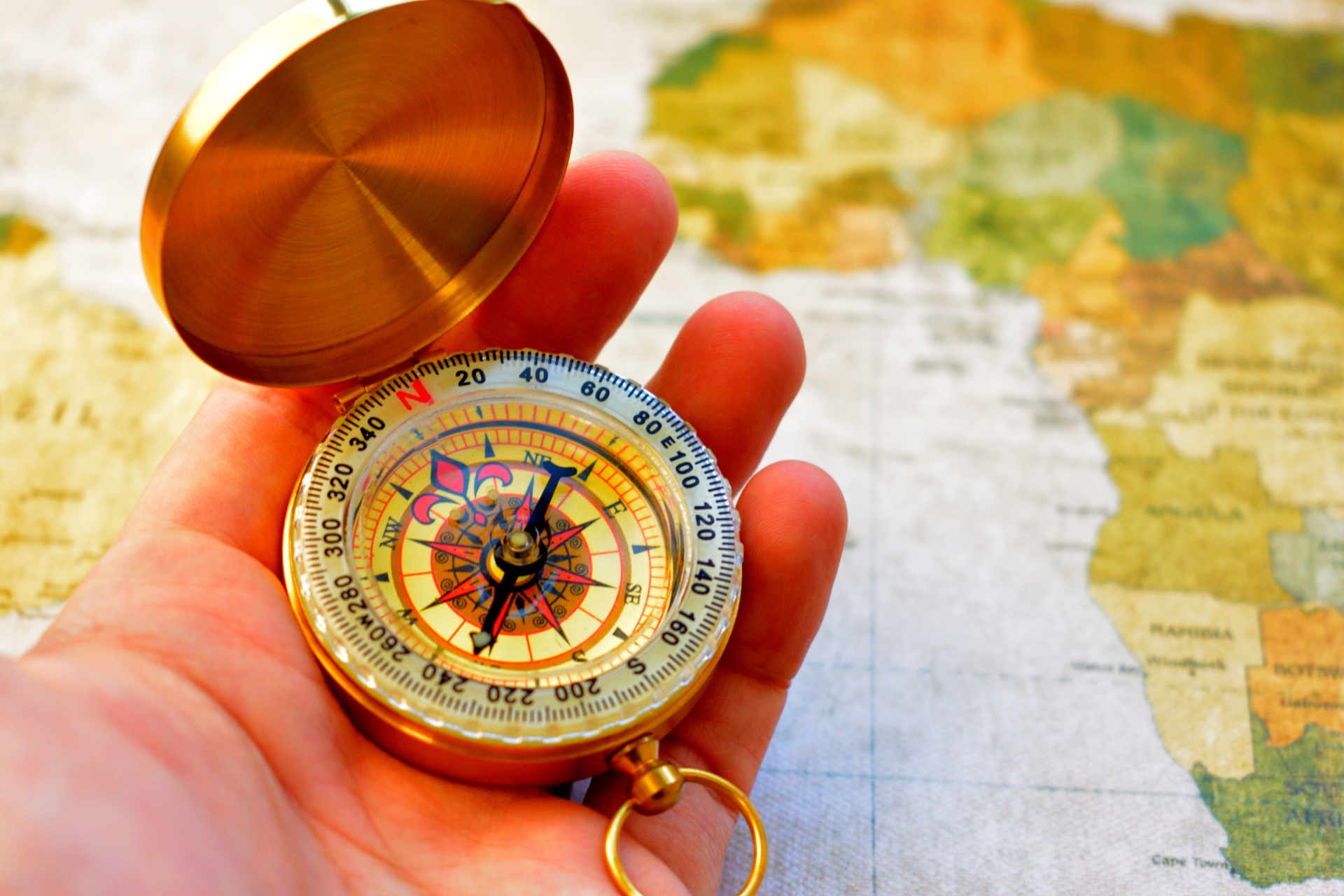We live from feeling to feeling
Do you know how many decisions you make in a day? Including trivial ones, like blowing your nose or reading this article, for example. It is said to be about 35,000. Do you believe we can make such many decisions logically and rationally? Of course not! It’s beyond our capacity. We make most (65%) of our daily decisions based on our emotions and biases. To make matters worse (for marketers to predict consumer behavior), we decide our daily actions seven seconds before we make up our minds according to John-Dylan Haynes, an eminent neuroscientist, as I wrote before.
Behavioral economics to analyze and meet customer needs
Nevertheless, in classical economics, people were defined as an economic man, who acts individually according to economic rationality. Apparently, the economic man was an imaginary creature like a unicorn. Thus, marketers were forced to fight a losing battle. However, in around 2000, things drastically changed. It was the rise of behavioral economics. By the way, no worries and keep reading: this article doesn’t go too academic but as always just gives some trivia to make you look smarter.
Behavioral economics came, and a complex system went
When behavioral economics became a hot topic, another buzz word, a “complex system” was past the peak. I felt like they were similar to each other in the point where researchers pay attention to an actual phenomenon rather than a theory (or theorizing). This is the reason why, behavioral economics and complex systems, these words always co-occur in me like this. For your information, you don’t need to understand the detailed concept of complex systems here because I don’t either. Please just remember it was very useful words. When facing complex problems, we could make ourselves look smarter only by knowingly saying “Oh, it seems like the issue of complex systems” with a solemn face.
Many people found hope in a complex system
The good example of complex systems I remember is the study on the honey bee dance language. Honey bees communicate good feeding points through their dance language, but a certain number of bees ignore the information and fly to somewhere else. The study of complex systems explained some bees would behave irrationally to improve the survival rate of their swarm by maintaining diversity. Even if a good feeding point is lost, some irrational bees may have found another one.

Common dilemma by the constraints of society
Now, I’ll tell you why I’m talking about complex systems today. Recently, a member of the design team came to me for some advice. He said he was caught in a dilemma about a design proposal. We’ve been working with many designers so far, and one of them (an elderly designer with long-term relationship with us) made a design proposal as the last one in his long career. The dilemma is whether or not he should let emotions interfere with his decision.
As I was listening to him, the study of complex systems on the honey bee dance language came up in my mind. If I think rationally, there’s no need to argue, but what if I think irrationally or from the perspective of complex systems? While I pondered on many things like this and finally couldn’t say any good, he left without waiting for my advice. I’m sure this deficiency in problem-solving would be the reason why complex systems have lost popularity. Anyway, which do you prefer, the rational, logical, and fair world or the one a little troublesome but humane?

Shungo Ijima
He is travelling around the world. His passion is to explain Japan to the world, from the unique viewpoint accumulated through his career: overseas posting, MBA holder, former official of the Ministry of Finance.

